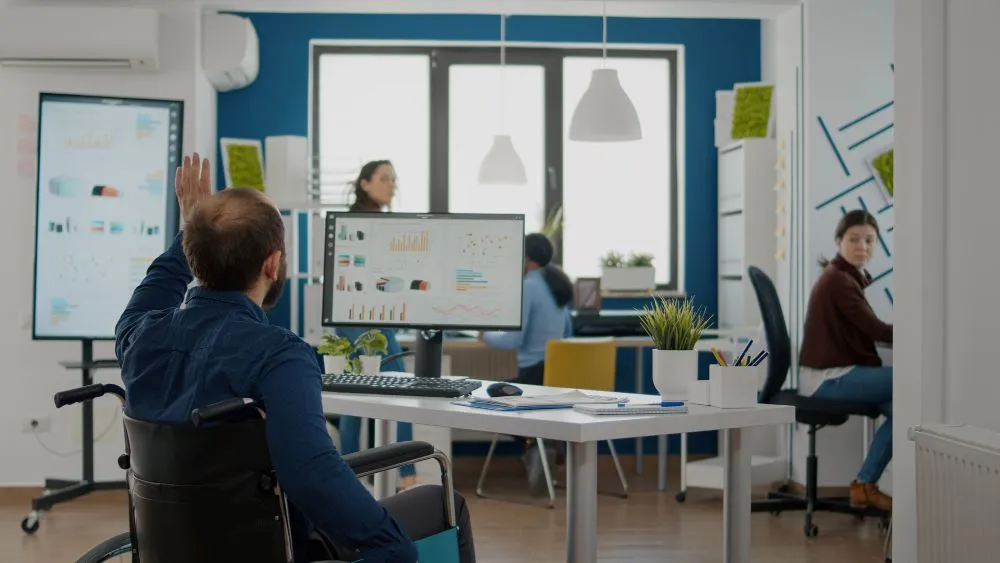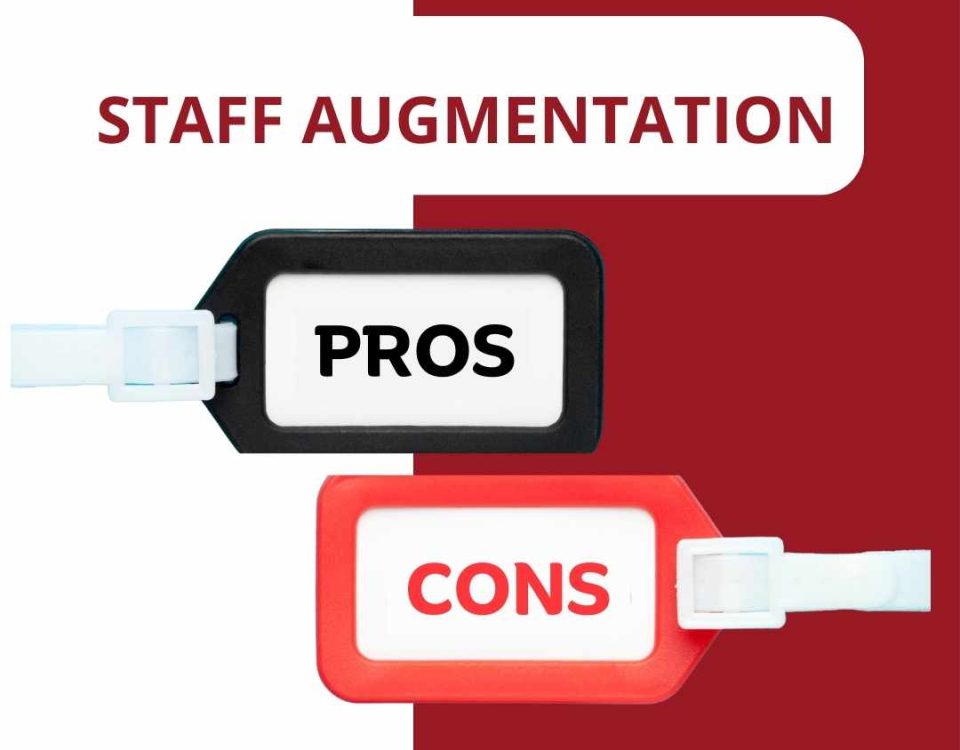Learn how accounting services in India streamline finances, taxes, and...

How an Offshore Development Center in India Can Benefit Your UK Business
July 9, 2024
Sydney & Melbourne Software Advantage with Offshore Staff Augmentation in India
July 24, 2024- #ivalueplus #managedserviceprovider #itsupportservice #education #teaching #student #learning #future #success #education #newtrend #edtech #tech #blog #post #writing #blogpost
- #ivalueplus #managedserviceprovider #team #globalteam #globallyworking #success #leadership #teamspirit #creativethinker #blog #posting #writings #technology #techminds #mindfulwriting
Going Hybrid: The Future of Work is Here
The COVID-19 pandemic has dramatically altered the way we work. What was once a traditional office setting with employees working on-site has now evolved into a more flexible, hybrid model. As businesses navigate this new work environment, they must rethink workplace strategies to balance safety, flexibility, employee experience, and cost reduction. This post explores how organizations are adapting to a hybrid future, where employees work both remotely and in the office.
Table of Content
ShowHide- Going Hybrid: The Future of Work is Here
- The Rise of Hybrid Work Environments
- Why the Future of Work Is Hybrid
- The Pandemic’s Impact on Office Design and Work Culture
- How Technology Drives the Hybrid Workplace Transformation
- What Does the Future Hold for Hybrid Work?
- Frequently Asked Questions (FAQs)
- How to Find Top IT Staff Augmentation Services for Melbourne
- Top 5 IT Staff Augmentation Companies in India in 2025
- 5 Tips for Managing Payroll Outsourcing Services in India Efficiently
The Rise of Hybrid Work Environments
The pandemic forced businesses to adapt rapidly to a remote-first work culture. A 2021 Microsoft report revealed that 73% of employees wanted to continue working remotely in some capacity after the pandemic, and 66% of businesses were considering redesigning their office spaces to accommodate hybrid work environments.
The Occupational Safety and Health Administration (OSHA) is expected to release updated standards for workplace protections, including mandatory measures such as social distancing, regular testing, and enhanced ventilation. This will further accelerate the shift towards hybrid work models that balance physical and digital workspaces.
Key Statistics on Hybrid Work:
- 73% of employees want flexible remote work options post-pandemic.
- 66% of businesses plan to redesign offices for hybrid work.
- A significant portion of employees will continue to work from home, especially those at higher risk due to age or health conditions.
Why the Future of Work Is Hybrid
Before the pandemic, most organizations required employees to be on-site most of the time. But as companies emerge from the pandemic, the hybrid work model, where employees split their time between the office and remote work, is becoming the norm. According to industry reports, most executives predict employees will work in the office 21 to 80% of the time, or roughly one to four days per week.

The Hybrid Model Benefits Both Employees and Employers:
- Increased flexibility for employees to choose where they work.
- Cost savings for employers with reduced need for large office spaces.
- Enhanced work-life balance, boosting employee satisfaction.
The Pandemic’s Impact on Office Design and Work Culture
The COVID-19 pandemic forced a shift in how organizations view workspaces. Prior to the crisis, productivity was the central focus of office design. Post-pandemic, the focus has expanded to include safety, hygiene, and flexibility.
Major Shifts in Office Design:
- Safety First: Offices will be redesigned to minimize physical contact, with features like touchless entry and social distancing markers.
- Hybrid Office Spaces: The demand for flexible office spaces (hot-desking, co-working spaces) will increase as employees alternate between working from home and the office.
- Technology Integration: More offices will incorporate advanced technology, such as IoT sensors, AI-driven solutions, and contactless systems, to improve efficiency and safety.
How Technology Drives the Hybrid Workplace Transformation
Technology plays a critical role in enabling the hybrid workplace model. With the help of AI and IoT (Internet of Things), companies can create more efficient, safer, and productive environments for their employees.
Key Technological Solutions for Hybrid Work:
Many companies have already embraced the hybrid model and are implementing innovative solutions to make this transition smoother for their employees. Examples include:
- Dropbox is offering stipends for co-working spaces, ensuring employees have access to a workspace when needed.
- GitLab encourages employees to schedule informal virtual coffee breaks to maintain team cohesion.
- Twitter and Facebook are offering employees the option to work remotely long-term, with flexible office attendance in the future.
What Does the Future Hold for Hybrid Work?
The future of work will be increasingly hybrid. Organizations must adopt new strategies and technologies to thrive in this new environment. As we continue to balance physical and digital workspaces, companies will need to invest in the right tools, redesign office spaces, and embrace flexible work arrangements to stay competitive.
Key Trends Shaping the Future of Hybrid Work:
- Remote-first models will be as prevalent as hybrid models in the coming years.
- Office redesigns will focus on safety, efficiency, and flexibility.
- Technology will continue to play a central role in ensuring smooth transitions to hybrid work environments.
Frequently Asked Questions (FAQs)
A hybrid work model is a flexible arrangement where employees split their time between working remotely and working from the office, depending on the needs of the company and the individual.
Hybrid work allows organizations to balance the benefits of in-office collaboration with the flexibility and cost savings of remote work. It also supports a healthier work-life balance for employees.
Offices will be redesigned to prioritize safety and efficiency. This may include touchless entry, flexible workspaces (hot-desking), and enhanced cleaning protocols.
Recent Post
Step-by-Step Guide to Setting Up Accounting Services in India for Your Business
Explore the step-by-step process of setting up accounting services in...
Offshore Development Centre for UAE Businesses | iValuePlus
Explore how UAE businesses can scale faster with an Offshore...








